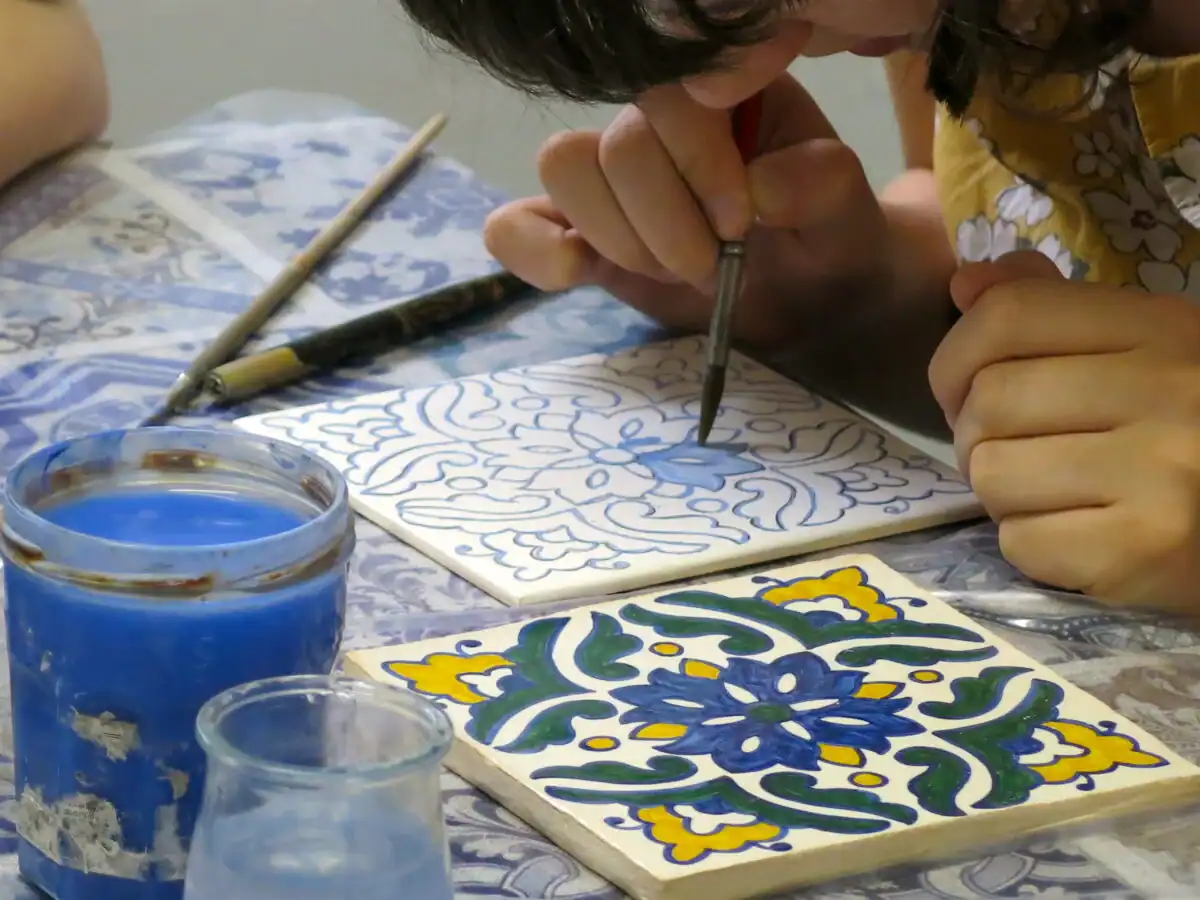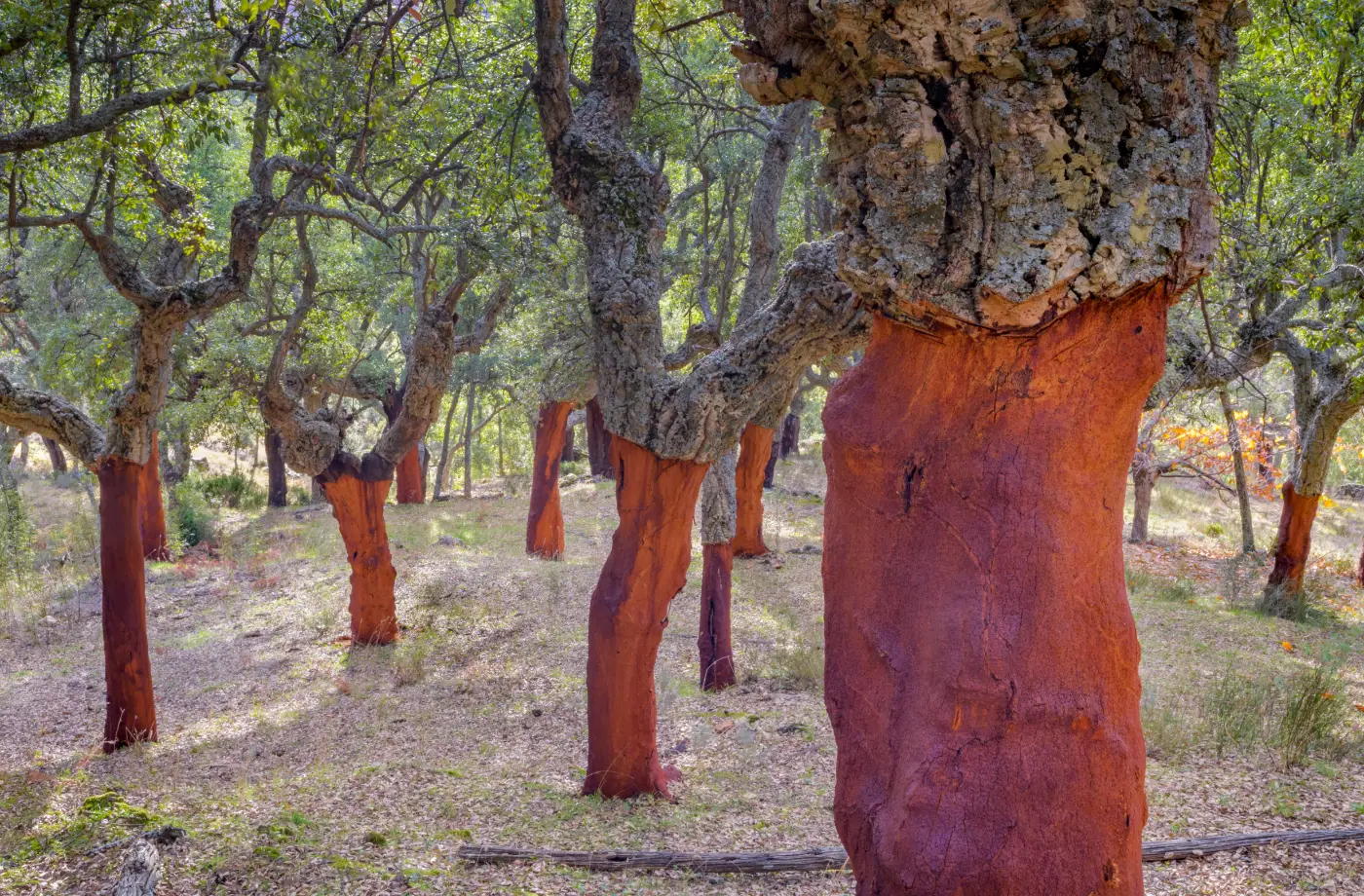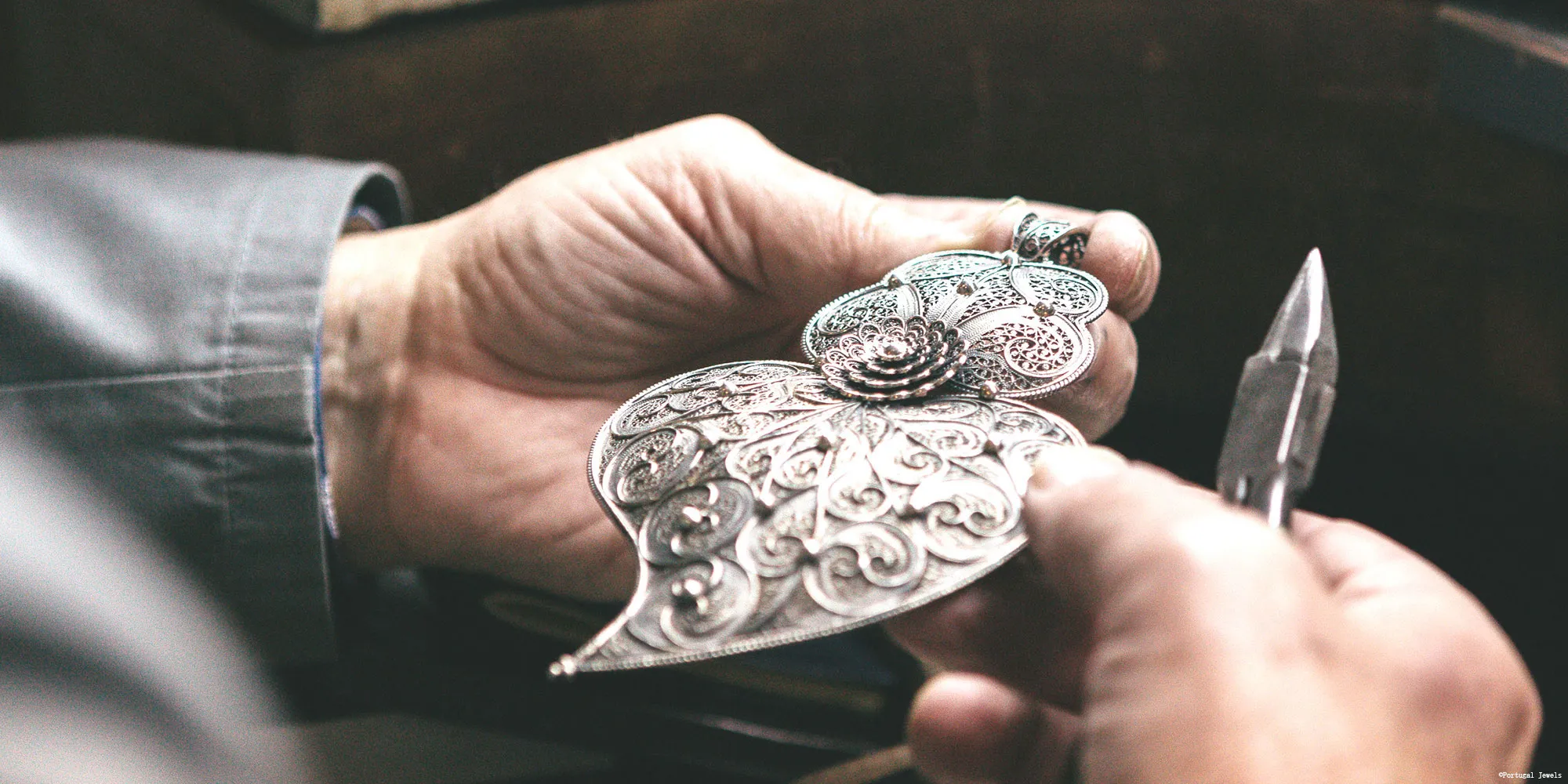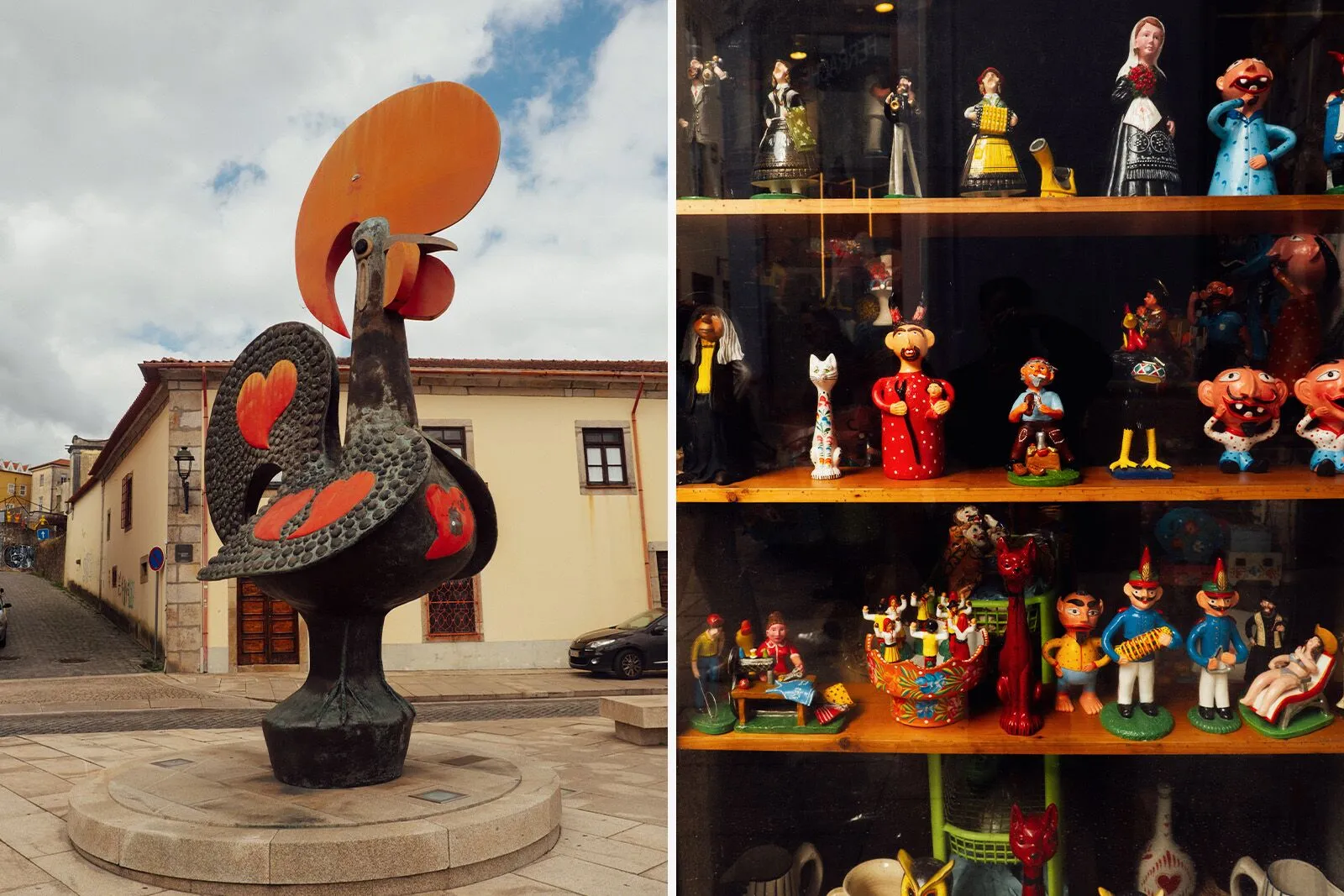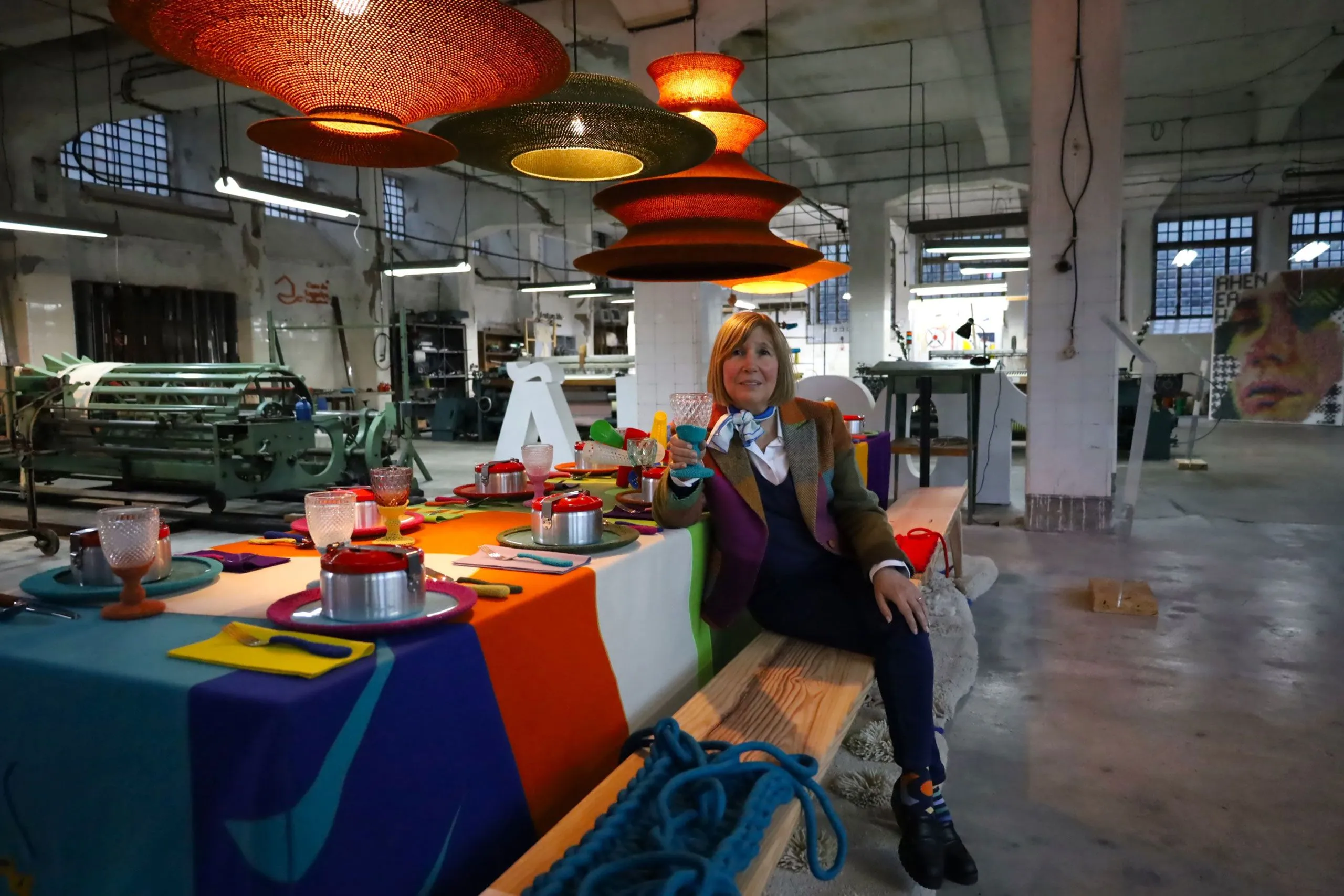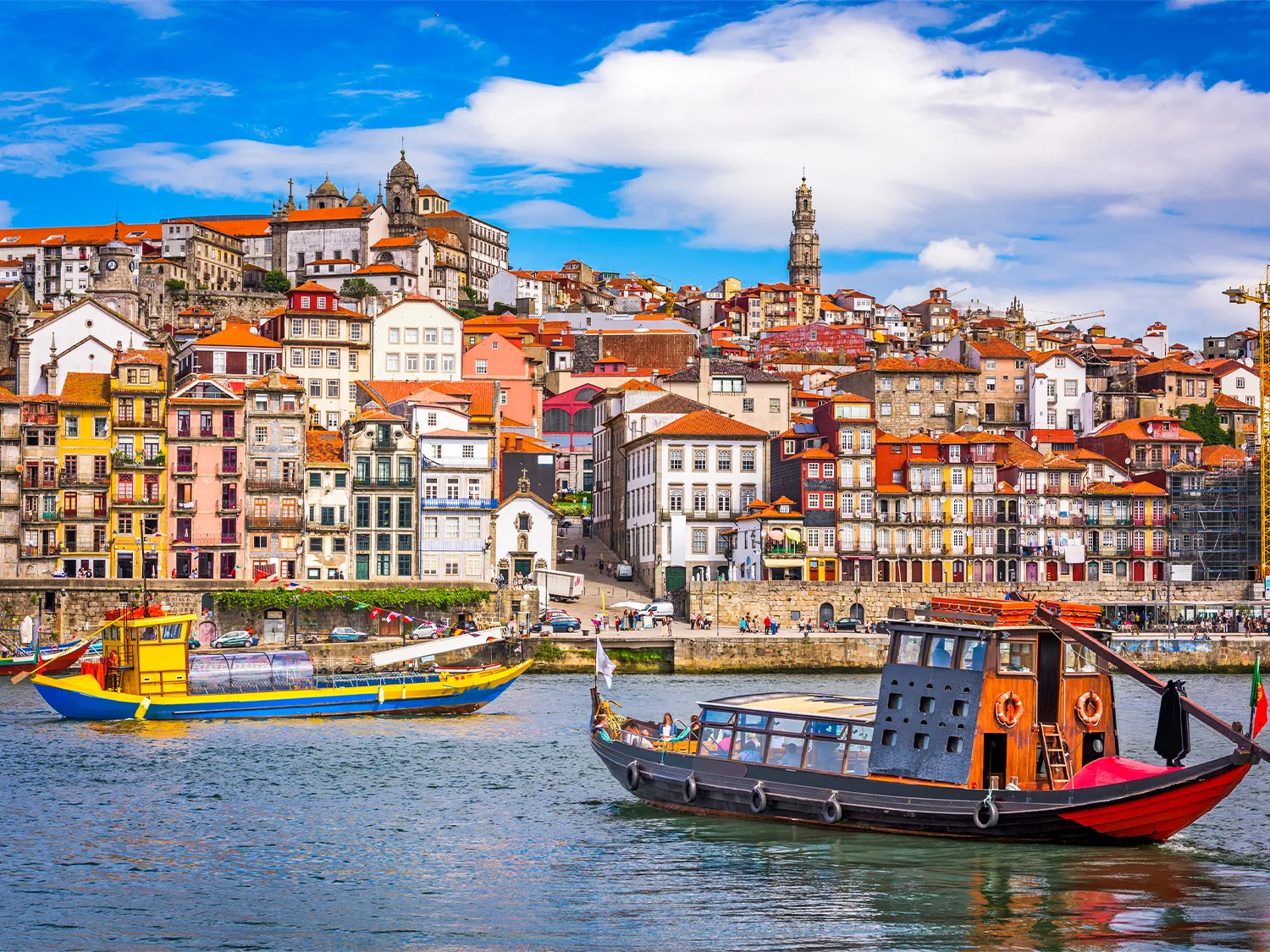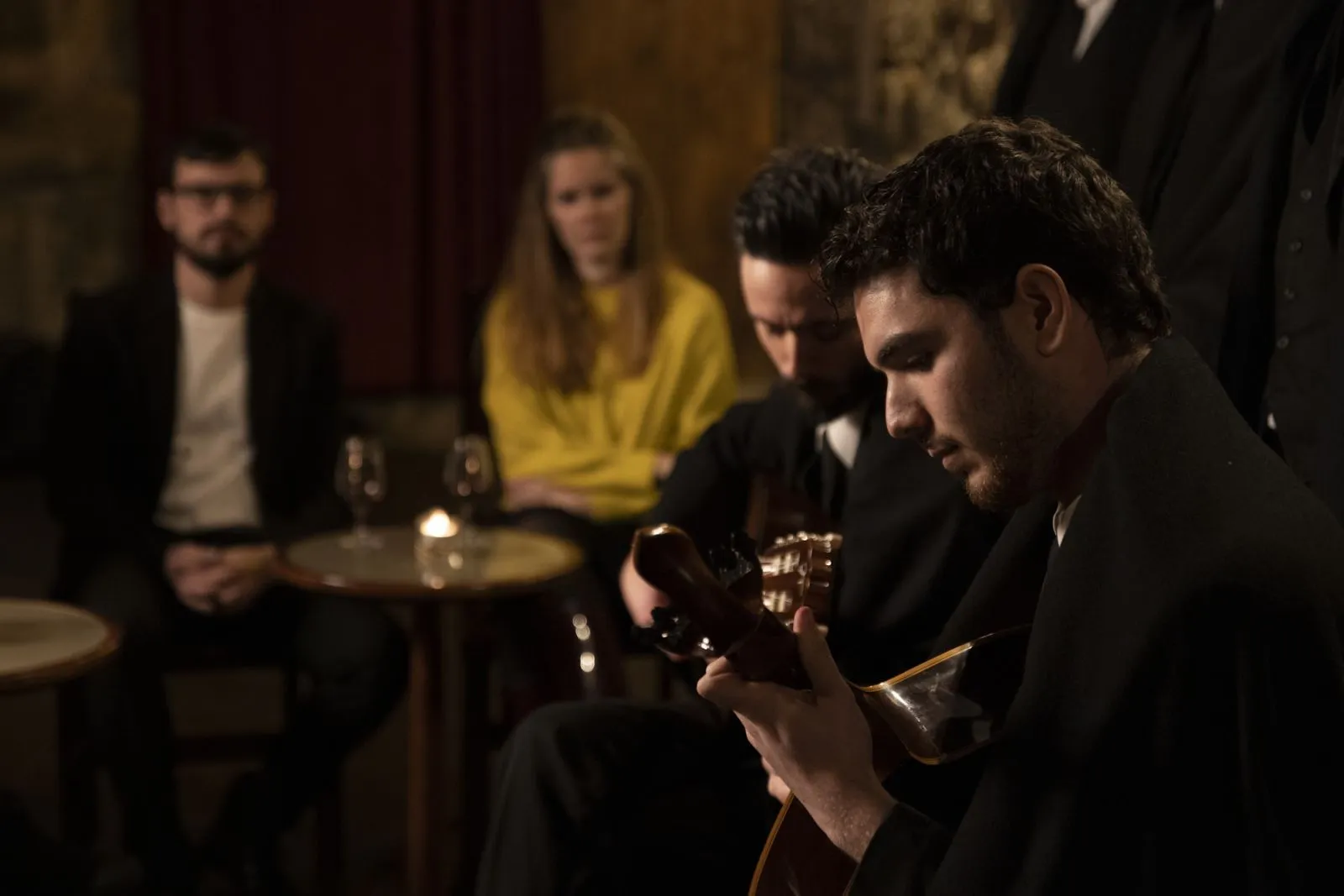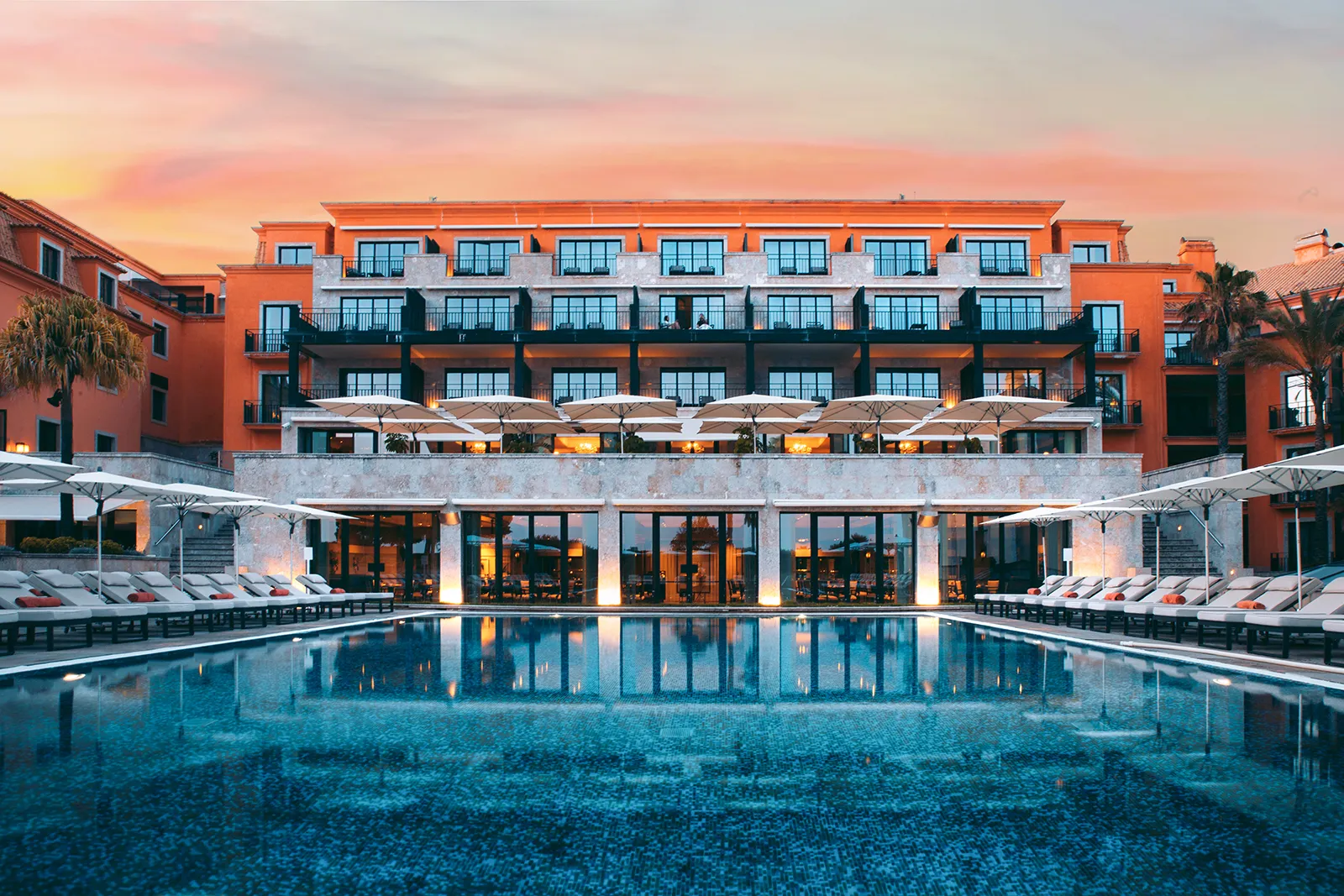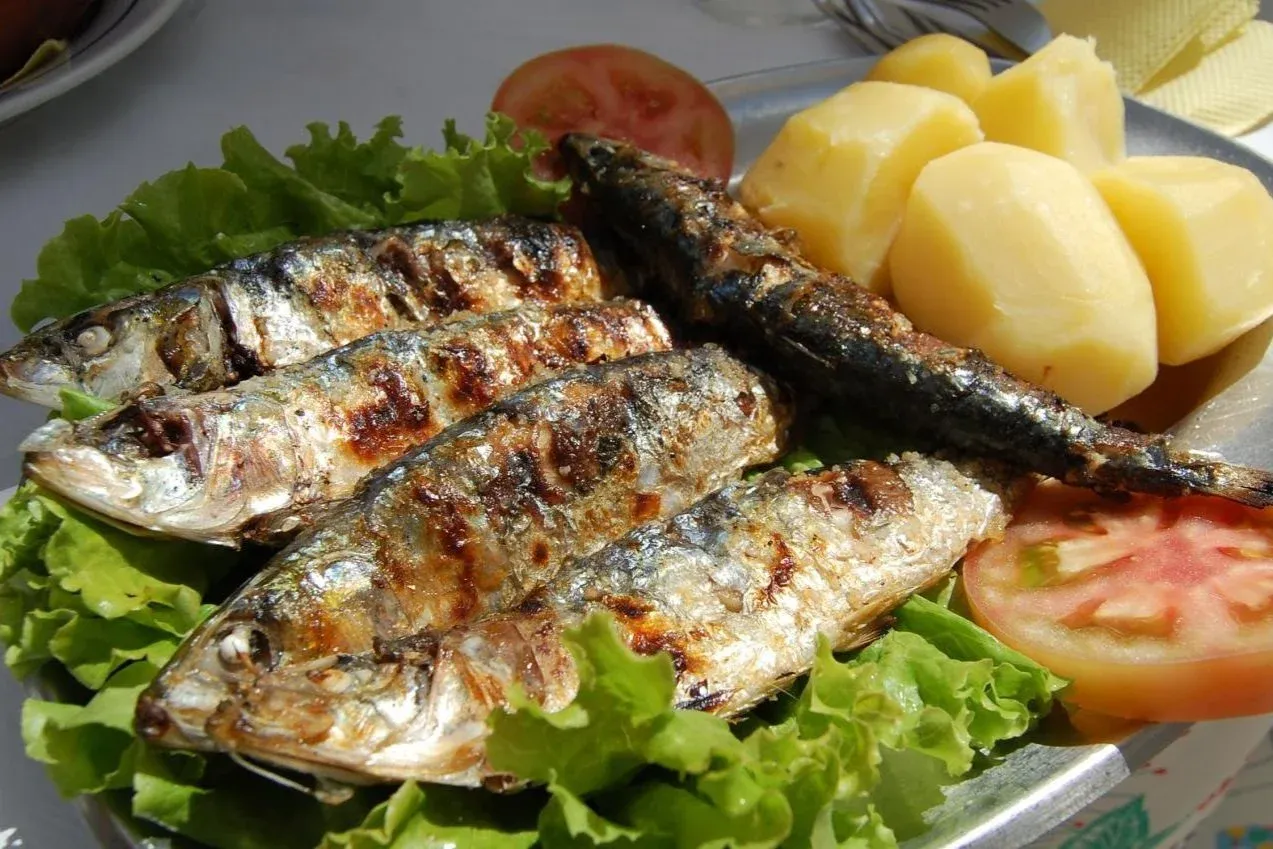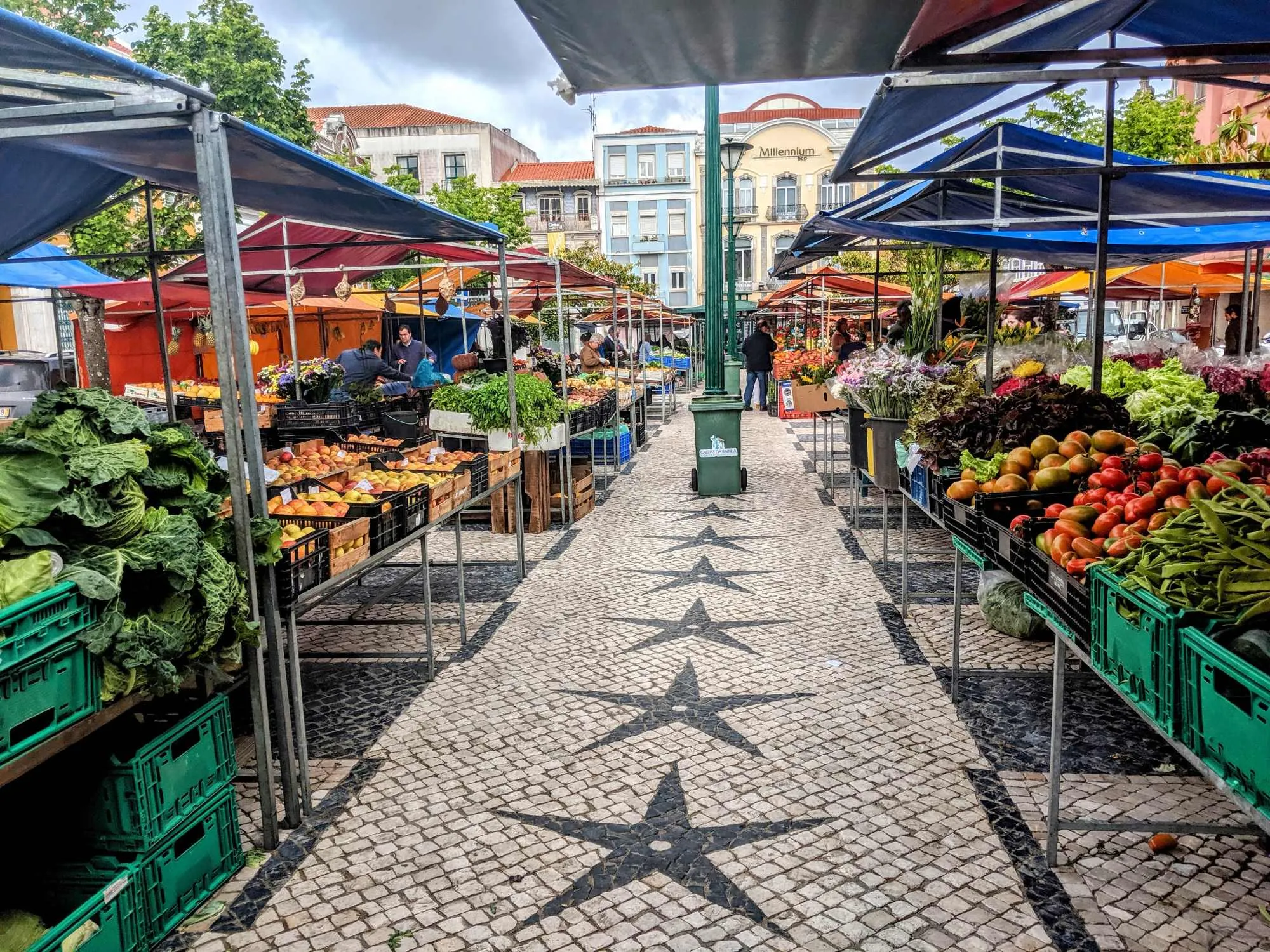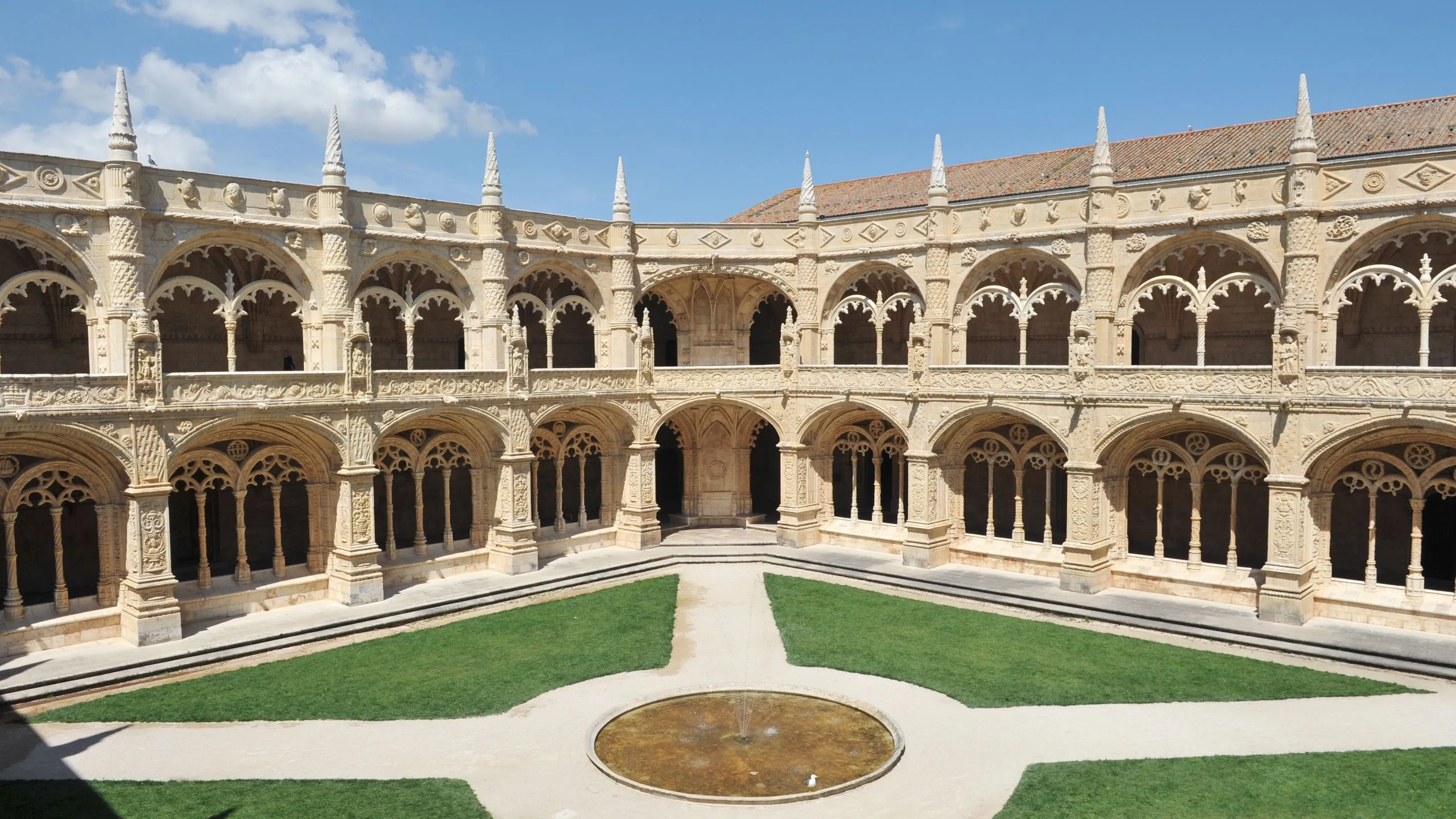Hey there, fellow culture seekers! If you cringe at the thought of bringing home another generic “I Heart Portugal” t-shirt, then you’re going to love what I discovered during my months exploring Portugal’s incredible craft traditions. Picture this: your hands covered in clay dust as a master potter in a tiny Alentejo village shows you techniques passed down through five generations, or the satisfying click of placing your freshly painted azulejo tile into a kiln in old Lisbon. After diving deep into Portugal’s artisan heartlands—from rolling cork forests to hidden ceramic workshops—I can tell you that the real magic happens when you get your hands dirty. You become part of the living traditions and authentic Portugal crafts that have shaped this country for centuries.
Azulejos Tile Painting: Become Part of Lisbon’s Visual History
Isn’t it incredible that you can learn to create the same art form that covers half of Lisbon’s buildings? I spent an unforgettable afternoon in a cozy workshop near Rossio Square, and let me tell you—there’s something almost meditative about painting those flowing cobalt blue patterns while your instructor shares stories about how different neighborhoods developed their own signature tile styles.
The azulejo tradition stretches back to the 14th century when Moorish craftsmen introduced these “little polished stones” to Portuguese culture. But here’s what blew my mind: these aren’t just pretty decorations. During times when most people couldn’t read, these tiles literally told Portugal’s stories on church walls and public buildings. They’re like Instagram posts from the 1500s!
Your Workshop Experience
Don’t worry if you think you’re not artistic (trust me, I didn’t win any art prizes in school). These workshops are designed for complete beginners, and I watched families with young kids creating beautiful pieces right alongside adults. You’ll learn everything from preparing the glazed surface to mastering those signature blue pigments. By the end of my session, I had my own hand-painted tile featuring Lisbon’s iconic Tram 28—way more meaningful than any souvenir shop purchase!
Insider Locations
The National Tile Museum (Rua da Madre de Deus 4, 1900-312 Lisbon) is absolutely worth visiting to understand how this art evolved. For the real deal, I recommend checking out Viúva Lamego (Largo do Intendente 25, 1100-285 Lisbon) or Sant’Anna (Rua do Alecrim 95, 1200-014 Lisbon). These historic factories still use centuries-old techniques, and watching the masters work is mesmerizing.
Timing Your Visit
Year-round workshops are available, but here’s a pro tip: book ahead during summer months because these experiences sell out fast. Spring and fall offer the perfect balance of great weather without the summer crowds.
What to Budget
Workshop sessions run €25-€45 per person—honestly, the best €35 I spent in Portugal! Authentic handmade tiles range from €15-€150 depending on complexity, and you’ll want several once you see the quality. The experience genuinely combines creativity with cultural immersion, and even my most skeptical travel companions became converts. Fair warning: you’ll need to return the next day to collect your finished piece (drying time!), and if you’re shipping home, factor in €40-€100 for careful packing.
Cork Craftsmanship: Discovering Alentejo’s Sustainable Treasure
Here’s something that completely shifted my perspective on sustainability: Portugal produces over half the world’s cork, and the harvesting process is so environmentally friendly it’s almost too good to be true. Walking through those ancient cork oak forests in Alentejo, I learned that the same bark protecting 15th-century Portuguese ships now insulates spacecraft. Mind blown, right?
What makes this craft tradition so special is the incredible patience involved. Cork oak trees aren’t harvested until they’re 25 years old, then the bark is stripped by hand every nine years without harming the tree. These gentle giants can produce cork for over 200 years.
Your Authentic Experience
I joined a full-day cork farm tour near Évora that completely transformed how I see this humble material. We started with a sunrise walk through the Montado forest (seriously, pack your camera), learned about the ecosystem these trees support, and then watched raw bark transform into everything from wine stoppers to luxury handbags. The highlight? Lunch with a cork farming family who’ve been doing this for generations.
Where to Base Yourself
Évora makes the perfect headquarters for cork exploration. It’s a gorgeous UNESCO World Heritage city, plus you’re surrounded by cork country. The Cork Museum in São Brás de Alportel (Rua Dr. José Dias Sancho, 8150-130) is fascinating, and companies like Corticeira Amorim offer factory tours that show you how tradition meets innovation.
Best Timing
May through October offers optimal weather for outdoor exploring. If you can, visit during the cork harvesting season (June-August) to witness the stripping process—it’s like a carefully choreographed dance.
Budget Planning
Cork farm tours cost €35-€75 per person and are worth every euro. Cork products range from €10 for small accessories to €200+ for designer pieces, but knowing the story behind them makes every purchase feel special. The sustainable angle really appeals to eco-conscious travelers, and the variety of contemporary applications is genuinely impressive. Heads up: you’ll need a rental car to properly explore the Alentejo region.
Filigree Jewelry Making: Learning Portugal’s Golden Poetry
I’ll never forget watching a master artisan in Gondomar transform simple silver threads into intricate, lace-like jewelry using techniques that haven’t changed since ancient Mesopotamia. The level of precision required is extraordinary; we’re talking about individual threads twisted, shaped, and soldered entirely by hand. When I tried it myself (spoiler alert: it’s harder than it looks), I gained a new appreciation for the patience these craftspeople possess.
The Heart of Viana (Coração de Viana), created in the 18th century as a symbol of devotion, became Portugal’s most recognizable jewelry design. What’s exciting is that contemporary designers are taking these ancient techniques and creating stunning modern pieces.
Your Hands-On Workshop
I took a filigree class in Porto, and despite my lack of jewelry-making experience, I created a simple silver pendant. The master silversmith explained how different regions developed distinct styles. It was fascinating to see how something so delicate could be so durable. Fair warning: this craft requires serious patience and steady hands!
Must-Visit Locations
Gondomar’s goldsmith quarter is where the magic happens, and the Oficina do Ouro in Viana do Castelo (Rua da Bandeira 182, 4900-560) offers an incredible window into this ancient craft. Póvoa de Lanhoso also maintains several traditional workshops.
When to Visit
Workshops are available year-round, though summer brings extended hours and local festivals where you’ll see traditional costumes decorated with elaborate filigree pieces.
Investment Level
Workshop sessions cost €40-€80 per person. Authentic filigree jewelry ranges from €60 for simple pieces to €500+ for elaborate traditional designs. Knowing the hours of handwork involved makes the pricing completely reasonable. Learning this skill gives you an intimate connection to one of the most refined Portugal crafts.
Regional Pottery Traditions: From Miracle Roosters to Vanishing Techniques
Portugal’s pottery story spans from the cheerful Barcelos rooster (with its amazing miracle backstory) to the hauntingly beautiful black pottery of Bisalhães village—a UNESCO-recognized tradition that is literally disappearing. Each region tells a different story through clay, and I became obsessed with tracking down these diverse traditions.
The famous Galo de Barcelos comes from a 15th-century legend about a roasted rooster that miraculously crowed to save an innocent man. It’s become Portugal’s unofficial symbol of faith and justice. But the real treasure is Bisalhães black pottery. I was lucky enough to meet one of the last elderly masters who still practices the ancient earth-pit firing technique.
Your Cultural Deep-Dive
In Bisalhães village near Vila Real, I witnessed something truly special. Only a handful of artisans (mostly in their 70s and 80s) still know how to fire pottery in earth pits to achieve that distinctive smoky black finish without paint or glaze. Meeting these masters was one of the most moving experiences of my entire Portugal journey. For a lighter experience, Barcelos pottery workshops let you paint your own rooster.
Essential Stops
Visit Bisalhães village directly to support this endangered tradition—every purchase helps preserve a dying art form. São Pedro do Corval in Alentejo claims to be the Iberian Peninsula’s largest pottery center, with over 20 family workshops on Rua dos Oleiros where you can buy directly from Portuguese artisans.
Perfect Timing
Spring through fall is ideal for exploring pottery villages. Barcelos holds its famous weekly market every Thursday, perfect for pottery shopping and soaking up local culture.
What You’ll Spend
Pottery workshops cost €20-€40 per person, while authentic pieces range from €15 for small Barcelos roosters to €150+ for rare Bisalhães black pottery. Those higher prices reflect the rarity and cultural significance.
Contemporary Craft Fusion: Where Ancient Techniques Meet Modern Design
Here’s where things get really exciting! Portugal’s most innovative developments happen when traditional artisans collaborate with contemporary designers. I discovered this vibrant scene in Porto’s creative districts and Lisbon’s LX Factory, where young designers work alongside master craftspeople to reimagine traditional crafts in Portugal.
Your Modern Workshop Experience
Several Lisbon studios offer “fusion workshops” that blew my mind. In one session, I used classic azulejo painting methods on modern geometric patterns. Another day, I learned how ancient cork becomes contemporary vegan leather for stylish handbags. The innovation is incredible!
Creative Exploration Zones
LX Factory (Under Ponte 25 de Abril, 1300-598 Lisbon) is where you’ll find cutting-edge craft galleries and weekend markets. In Porto, Rua Miguel Bombarda’s creative quarter perfectly blends traditional craft shops with modern design studios.
Ideal Visit Timing
The scene is exciting year-round, but LX Factory’s Sunday markets are particularly vibrant. Many studios offer expanded weekend workshop schedules.
Budget Considerations
Contemporary workshops cost €30-€60 per person, while modern interpretations of traditional crafts range from €25 for small accessories to €300+ for designer pieces. You’re paying for innovation and limited production runs. This fusion appeals to travelers seeking unique, contemporary souvenirs rooted in authentic traditions.
My Hard-Learned Shopping Wisdom
After making plenty of rookie mistakes, here’s what I learned about distinguishing authentic Portugal crafts from tourist reproductions. For azulejos, genuine hand-painted tiles show subtle brushstroke variations—machine-made versions look too perfect. When buying ceramics, flip them over and look for signatures or factory marks.
Here’s a crucial heads-up about antique tiles: there’s a significant black market for tiles stolen from historic buildings. I learned this the hard way. Stick to reputable dealers or contemporary artisans for ethical and quality reasons.
For shipping home to the US, budget €40-€100 for medium packages. Items over 100 years old may qualify as duty-free antiques. Many specialized shops arrange international shipping, but always get written quotes before purchasing large pieces.
The world of Portugal crafts offers something genuinely special that goes far beyond typical souvenirs. It’s your ticket to connecting with living cultural traditions where you can learn, create, and directly support artisans. Whether you’re painting your own azulejo tile in a cozy Lisbon workshop, walking through ancient cork forests in Alentejo, or learning the delicate art of filigree from a master, these hands-on experiences create meaningful travel memories that last a lifetime. Trust me, once you’ve experienced the authentic soul of Portugal through its crafts, souvenir shopping will never feel the same.
Read more:
